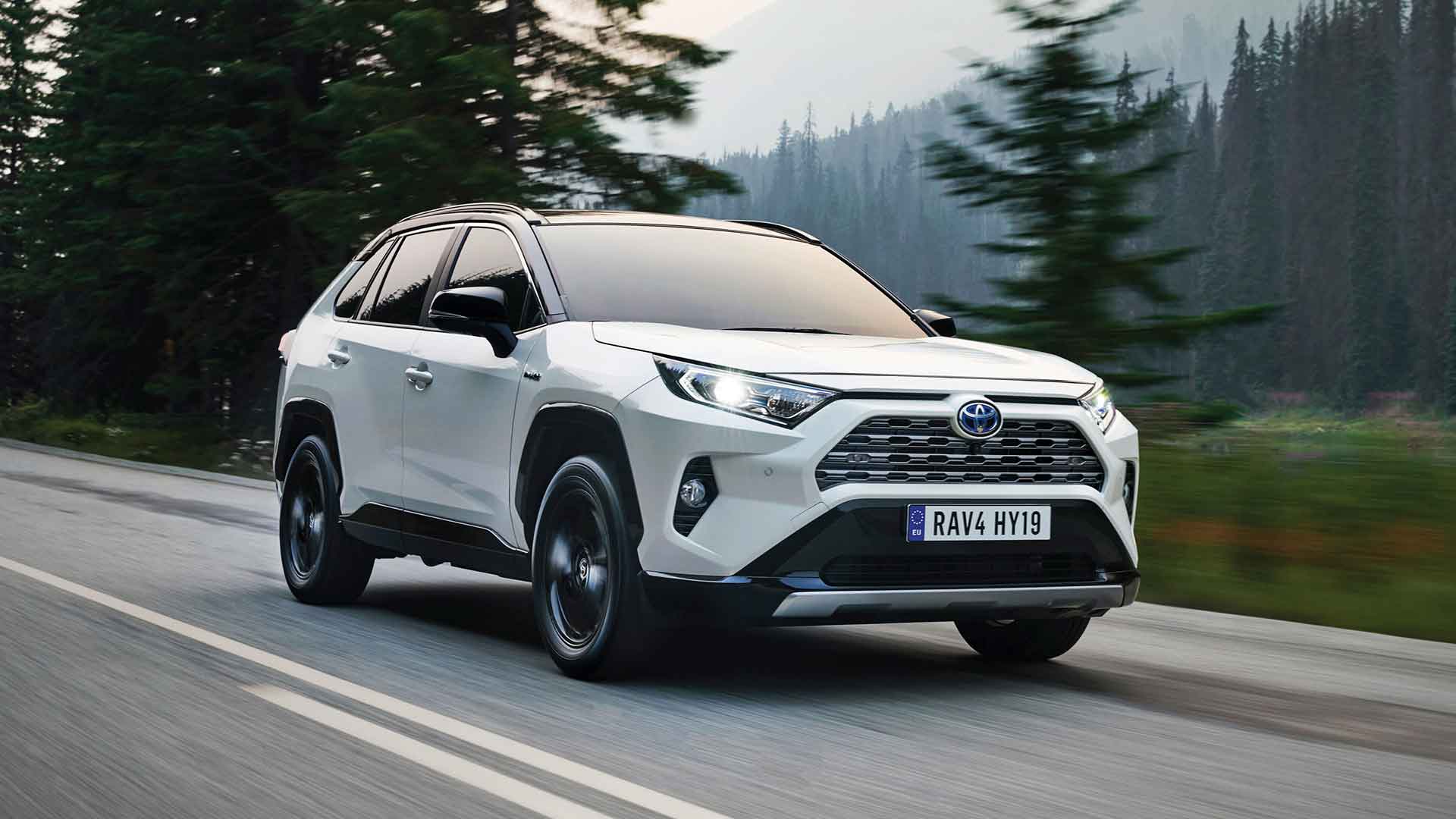 Last year, the Toyota RAV4 was America’s best-selling car. Admittedly, it finished fourth overall – outsold by three pick-up trucks – but that’s still a startling degree of success.
Last year, the Toyota RAV4 was America’s best-selling car. Admittedly, it finished fourth overall – outsold by three pick-up trucks – but that’s still a startling degree of success.
The UK is a different story. Here, five of its rivals (the Nissan Qashqai, Ford Kuga, Kia Sportage, Volkswagen Tiguan and Hyundai Tucson) made the top 20 chart, yet the RAV4 is nowhere to be seen. Toyota wants to change that.
On paper, it should succeed. The new, fifth-generation RAV4 is faster, roomier, quieter more efficient and better equipped than the car it replaces. Is that enough to stand out in a crowded SUV class?
Toyota doesn’t do ‘boring’ any more
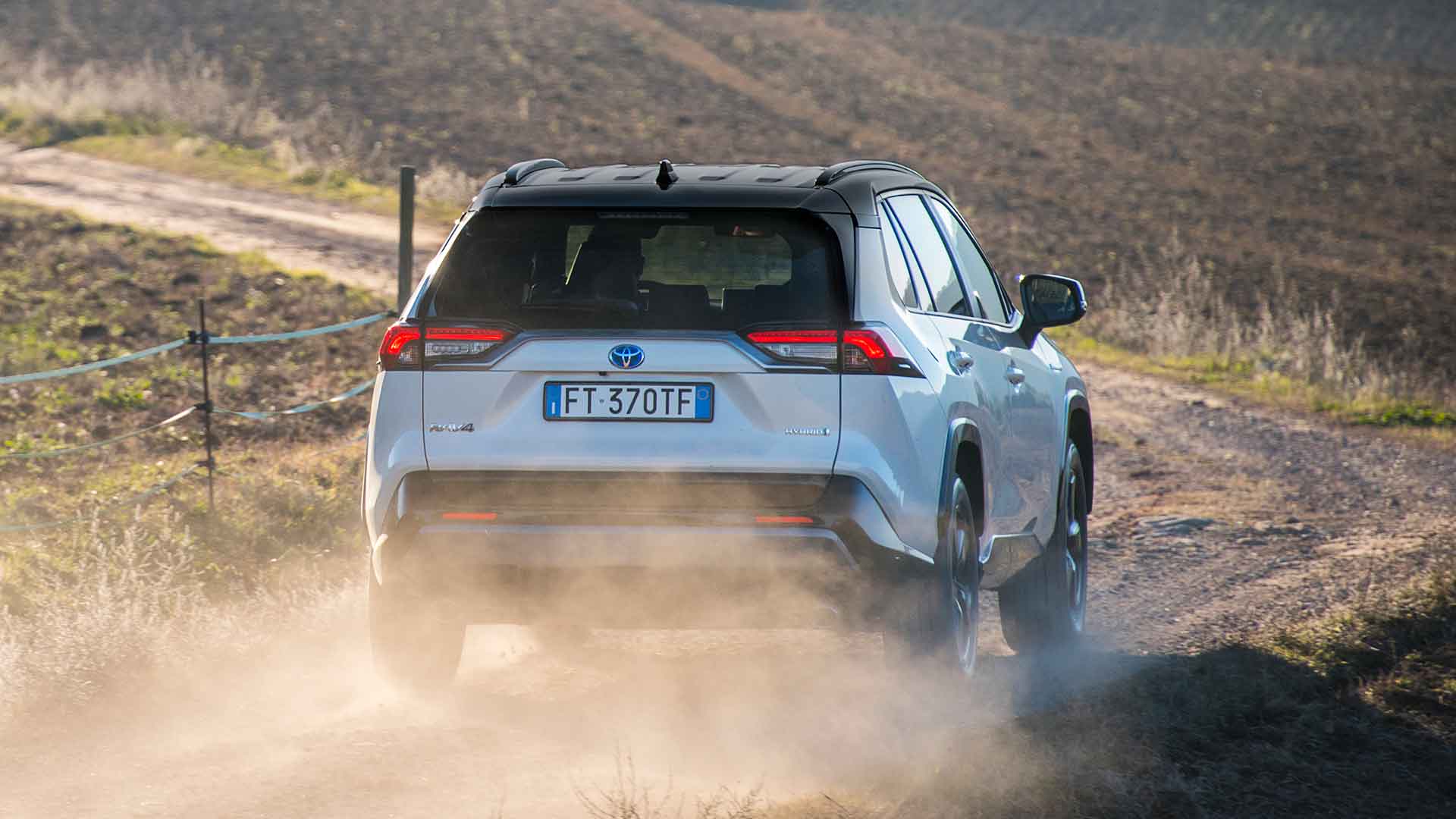
“No more boring cars!” declared company CEO Akio Toyoda in 2014. His words were a tacit admission that, for years, Toyotas were the automotive equivalent of white goods: dependable but dull.
Today, Toyota is a Le Mans-winning race team with a hardcore hot hatchback (Yaris GRMN) and two pulse-spiking sports cars (GT86, new Supra) to its name. Making a mid-size SUV exciting, however, is still a challenge.
That was the task facing RAV4 chief engineer, Yoshikazu Saeki. “I want people to love this car,” he says, “to like and share it via their phones.” Ironically, this search for ‘modern love’ began 25 years ago, long before social media existed…
Its design harks back to the 1994 original
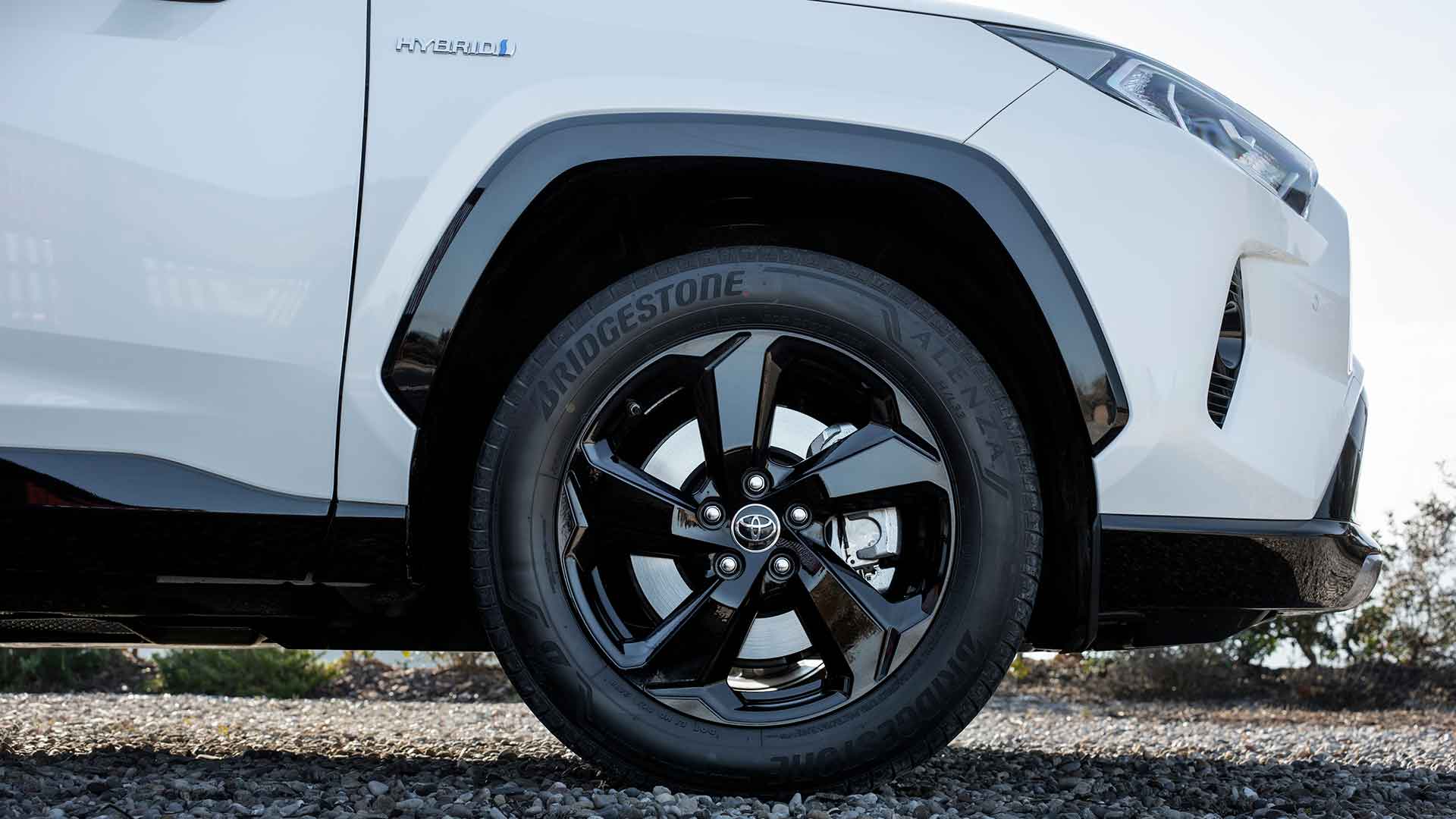
The first ‘Recreational Active Vehicle with 4-wheel drive’ was launched in 1994. Blending bolshy 4×4 attitude with the dynamics of a conventional car, it pre-empted the now-ubiquitous compact crossover. It was also a genuinely ground-breaking design, its black plastic body cladding likened to the sole of a hiking boot.
Now try picturing the outgoing, fourth-gen RAV4 in your head – impossible, right? Over the years, the RAV4 became steadily more staid and forgettable, so the new model draws upon the 1994 original.
Lower and wider than before, it has a markedly sportier stance. Distinctive details include narrow nostrils above the front grille and kicked-up, Gandini-style wheelarches. It isn’t as radical as Toyota’s smaller C-HR crossover, but to these eyes it’s a better looking car.
The range is 100% hybrid (and 0% diesel)
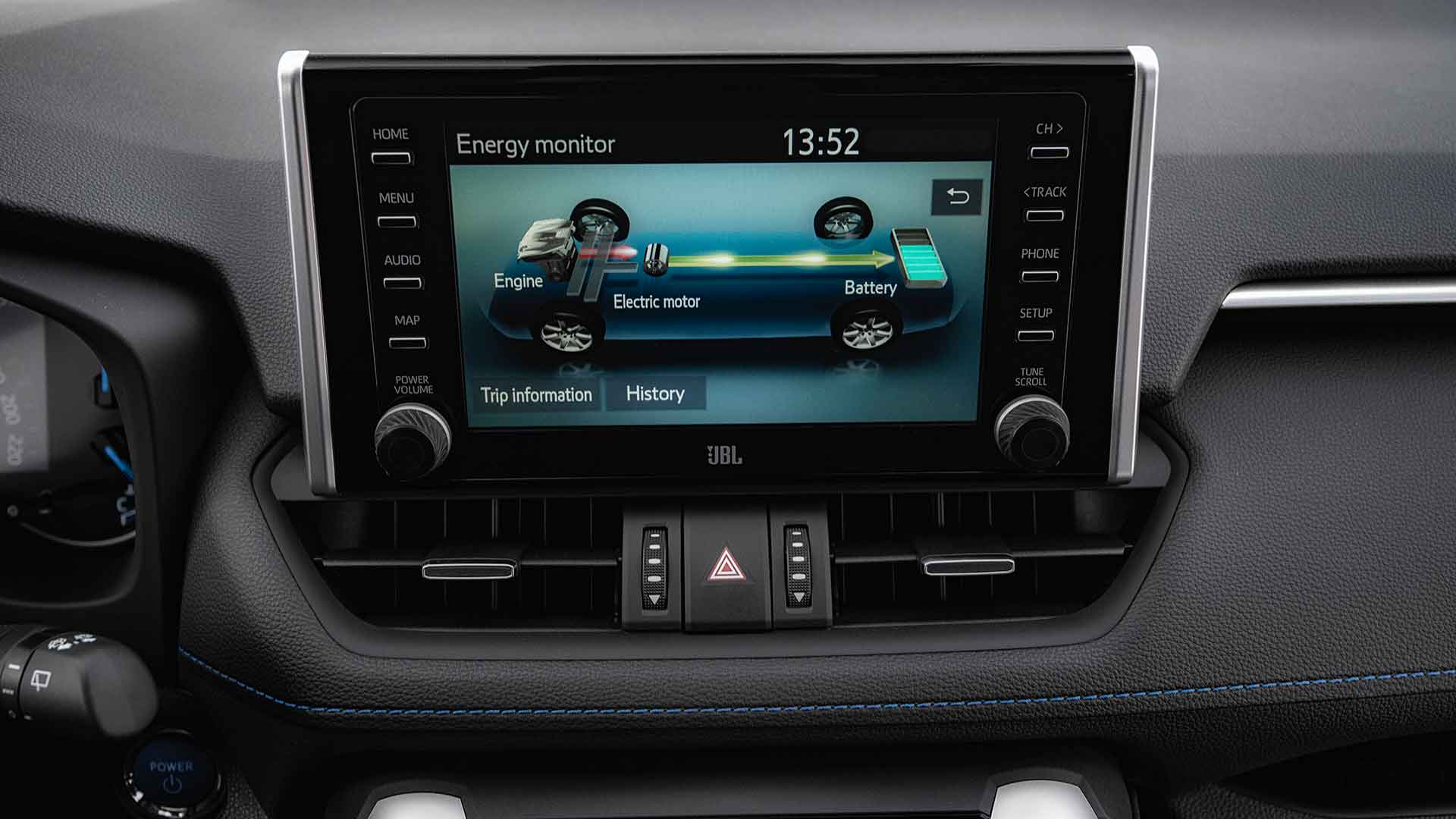
In 2015, 88 percent of RAV4s sold in the UK were diesels. Just four years later, this option has been dropped entirely: all new RAVs will be hybrid-powered.
Front-wheel-drive versions combine a 2.5-litre petrol engine with an electric motor for a 215hp total. Opt for four-wheel drive and an additional electric motor for the rear axle boosts output to 219hp. The benchmark 0-62mph dash takes 8.1 and 8.4 seconds for FWD and 4WD respectively.
As per Toyota convention, drive goes via a CVT automatic gearbox and the car can be driven short distances in EV mode (i.e. using electric power only). It can’t however, be plugged in, although a PHEV model may come later.
Prices start from under £30k, or £269 a month
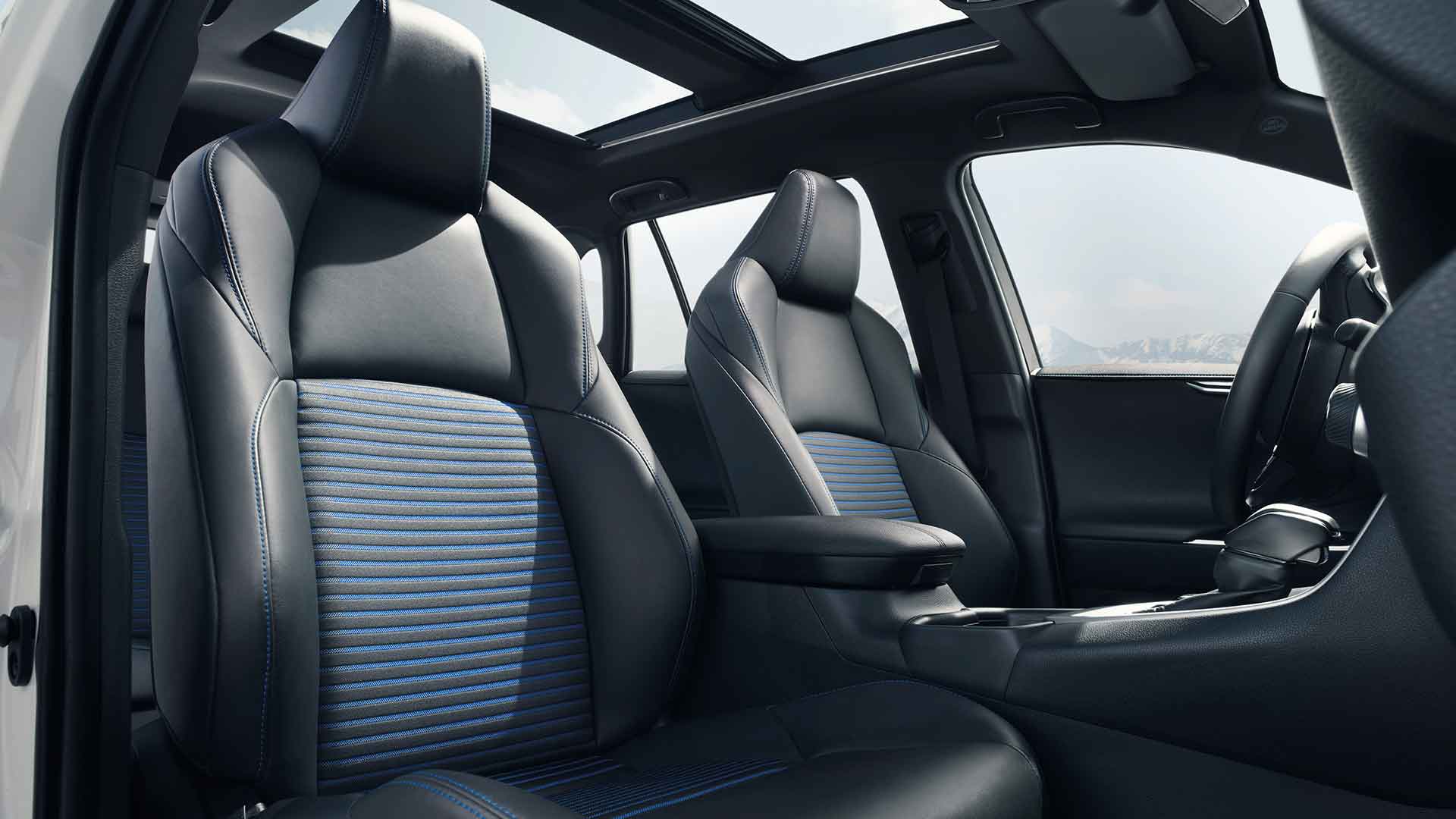
The RAV4 range is organised into four grades: Icon, Design, Excel and Dynamic. Standard equipment on the Icon includes 17-inch alloy wheels, an eight-inch touchscreen media system, auto headlights/wipers, rear parking sensors and a reversing camera. Upgrading to Design adds 18-inch rims, keyless entry, front parking sensors and a power tailgate.
Excel and Dynamic are two sides of the same coin, the former ‘upmarket’ in appearance, the latter more sporty. Both get projector LED headlights, leather upholstery, heated seats and steering wheel, blind-spot assist and rear cross-traffic alert. Dynamic also means black alloys, chunky sports seats and a contrasting colour for the roof.
Today: 2019 Toyota RAV4.
Sampling the front-drive version this morning, then off-roading in the 4×4 later. pic.twitter.com/XGakD1DHuD
— Tim Pitt (@timpitt100) January 16, 2019
Prices for the RAV4 look competitive, starting at £29,635 for the FWD Icon and stretching to £36,640 for the 4WD Dynamic. In all cases, choosing four-wheel drive costs £2,240 extra.
Finance packages will vary, but typically range from £269 to £309 per month. A RAV4 Design, for example, costs £279 per month over 24 months with a £7,588 deposit and zero percent APR.
Its interior is practical and pleasingly premium
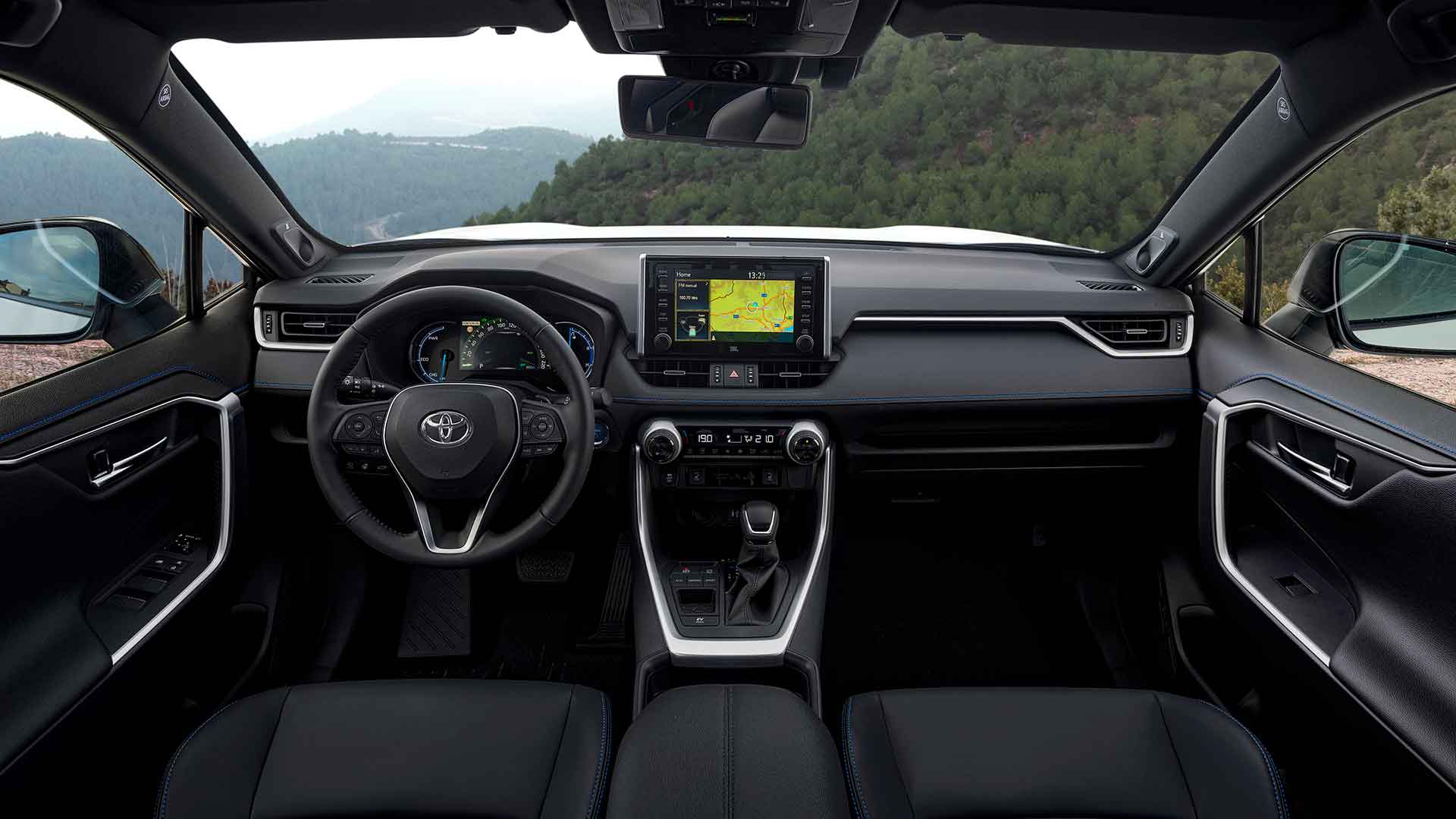
Inside, Toyota appears to have taken inspiration from garden tools, with a serrated rubber finish for the door handles and heater controls. This grippy finish also lines the stowage spaces. The overall effect is bordering on premium: more Land Rover than Land Cruiser.
Finding a good driving position is easy and all-round visibility is good, helped by large door mirrors. Our test cars were fitted with a rear-view-mirror camera, which allows you to see behind even when the boot is loaded to roof height. However, this option is unlikely to be available in the UK (and certainly not at launch).
There’s enough shoulder room and legroom for three overfed motoring journalists to sit comfortably in the back, while boot space has grown by 79 litres to 590 litres. For comparison, a Ford Kuga holds 406 litres and a Honda CR-V Hybrid manages 561 litres.
It can see pedestrians in the dark
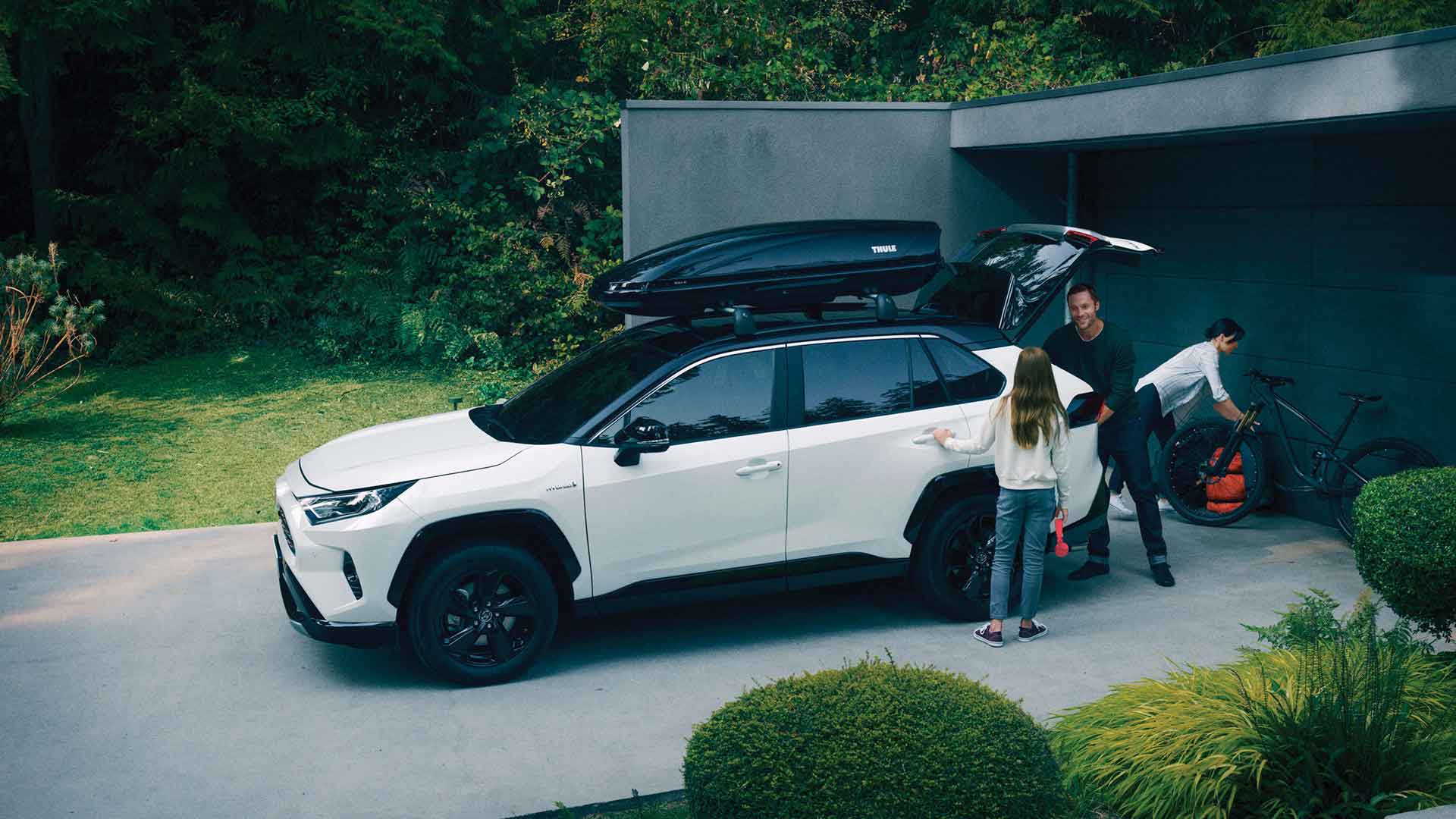
The latest RAV4 hasn’t been crash-tested by Euro NCAP yet. Anything less than the five stars achieved by the 2013-2019 model will be disappointing.
A five-star result looks likely, though, thanks to a full complement of active safety systems. All RAVs come with the updated Toyota Safety Sense package, which includes automatic emergency braking, adaptive cruise control (to maintain a set distance to the car in front), road sign recognition and lane-departure warning with steering assist.
New for 2019 is the system’s ability to detect pedestrians in the dark – when the majority of such collisions happen. It can also spot cyclists at speeds up to 50mph.
The sat nav is awful and connectivity lags behind

No family car is complete without a plethora of charging points, and the RAV4 boasts up to three USB sockets in the front and two in the back. A wireless smartphone charging mat is optional, too.
Sadly, it doesn’t have Apple Carplay or Android Auto connectivity (“We’re working on it,” says Toyota) – so while connecting your phone is straightforward enough, you won’t get the optimum user experience.
I was beginning to miss Google Maps after going wrong repeatedly on our Spanish test route, too. Putting it bluntly, the RAV4’s sat nav is awful: slow to respond, hard to follow and dated to look at. I can only hope it’s more accurate in the UK.
It’s the best handling RAV4 since the original
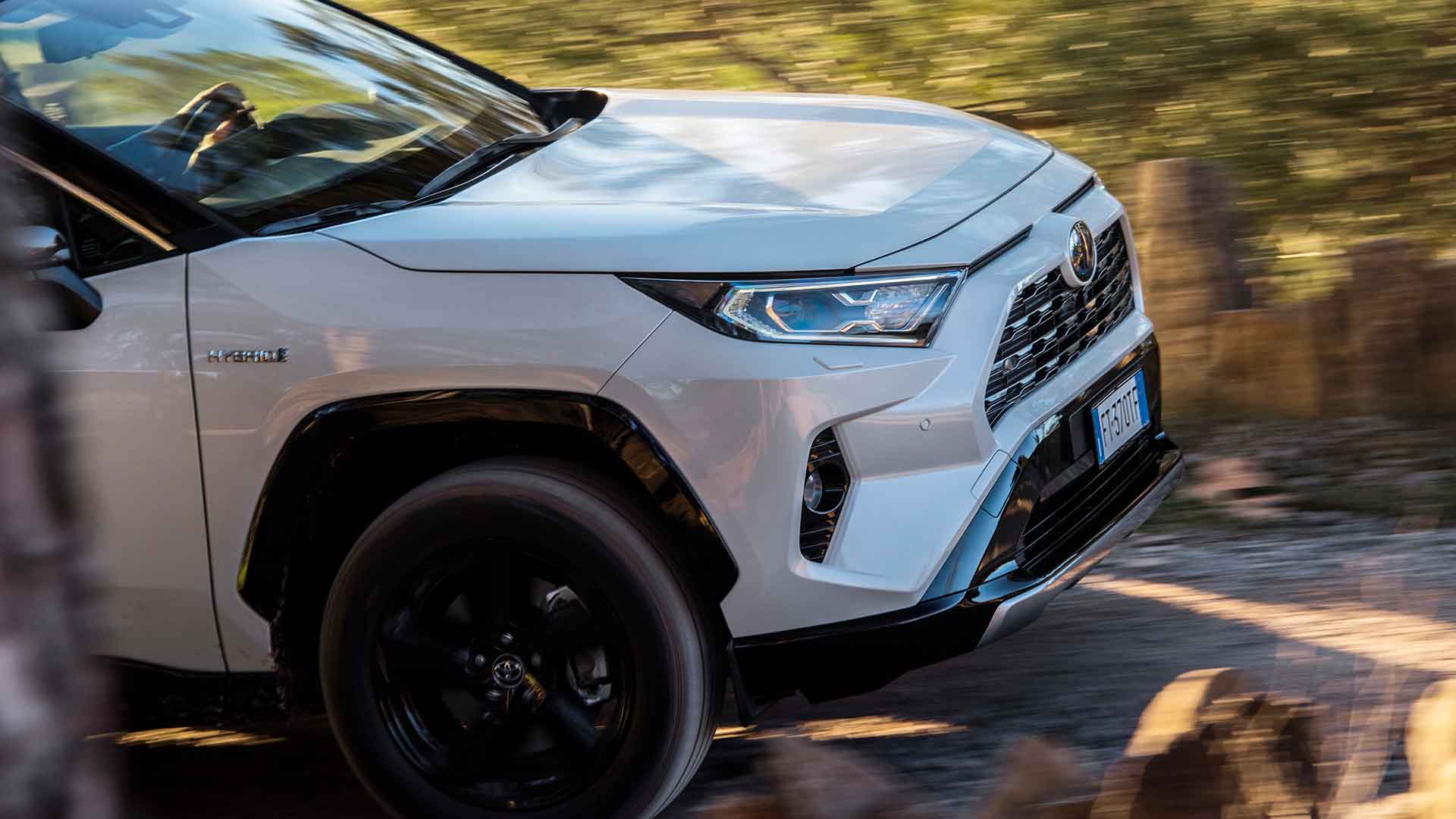
Getting lost in the RAV4 wasn’t all bad, though. Indeed, once I’d escaped rush-hour Barcelona, I rather enjoyed it.
The steering has a meaty directness and the car turns in keenly, gripping hard and cornering with composure, particularly if you choose the 4WD version. Double wishbone rear suspension, a lower centre of gravity and a 57 percent stiffer chassis all help here.
2019 Toyota RAV4 on the launch in Spain.
Vital stats (FWD version): 215hp, 0-62mph in 8.1sec, 51.2mpg and 102g/km.
Prices from £29,635 to £36,640. pic.twitter.com/g1CpMbO9cc
— Tim Pitt (@timpitt100) January 16, 2019
Granted, it won’t trouble a Cupra Ateca or Porsche Macan on twisty Tarmac, but it’s no longer a soporific snore-fest. In line with Toyoda-san’s wishes, the RAV isn’t boring to drive.
Crucially, such relative dynamism doesn’t come at the expense of ride quality. Supple, measured damping smoothes out all but the largest potholes and ruts.
The CVT gearbox is still a bugbear
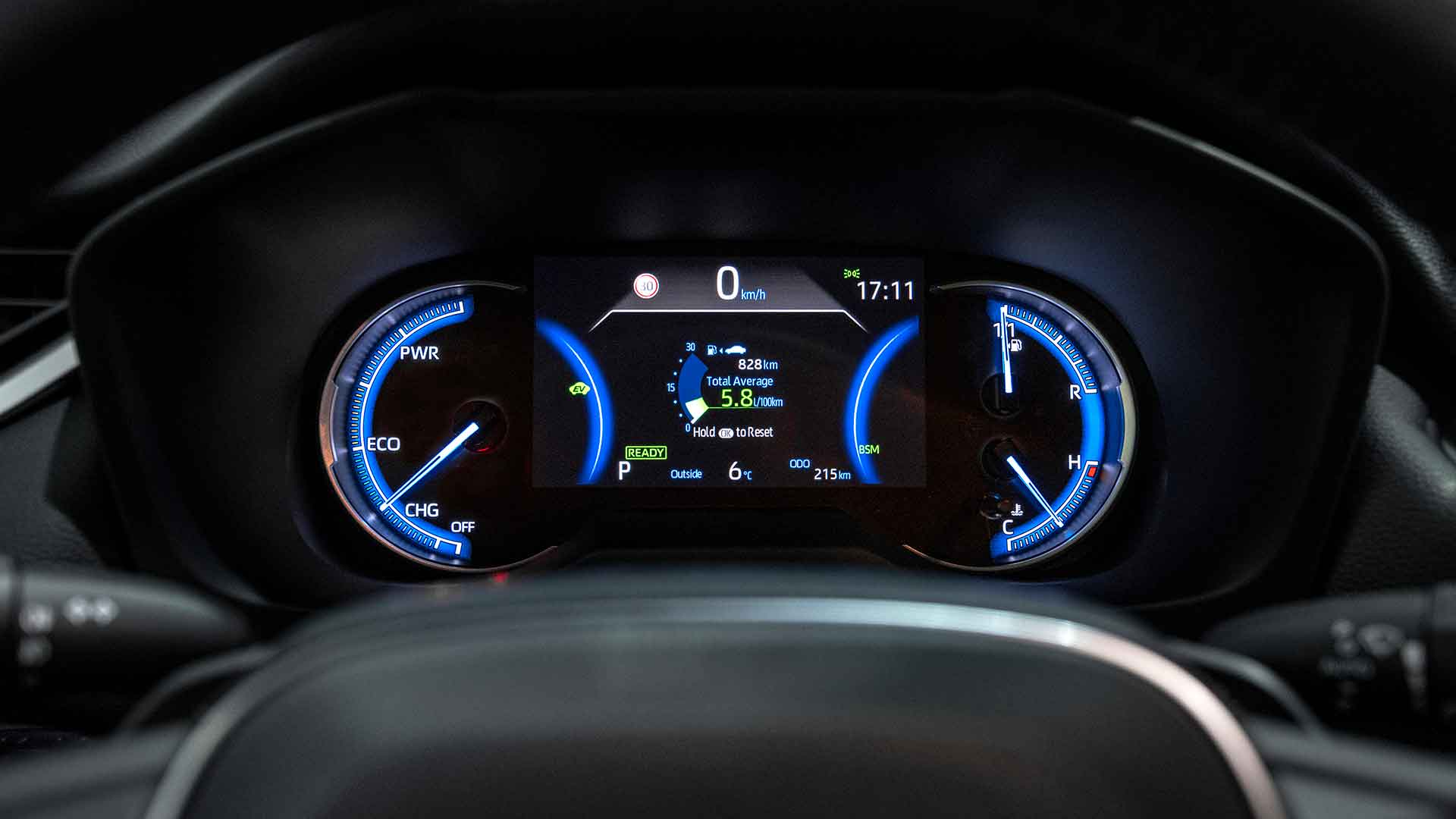
You may be lost and travelling in the wrong direction, then, but you can hustle the RAV4 along at quite a pace. The instant oomph of its electric motor means punchy acceleration from a standstill, and the petrol engine isn’t averse to revs. Near-silent when cruising, it serves up a sporty snarl when worked hard.
The weak link, if you enjoy driving, is the CVT transmission. It continuously varies the gear ratio, keeping the revs constant when you accelerate. As a result, the engine can feel either ‘on or off’, instead of providing a linear response. Shifting from Normal into Sport mode only exacerbates this effect.
The Toyota also has a pair of paddles behind the steering wheel that allow you to shift up on down the CVT’s range in fixed steps. However, the intuitiveness of the gearbox means you rarely need to kick it down, and there’s little satisfaction to be gained from doing so.
It’s better off-road than you might think
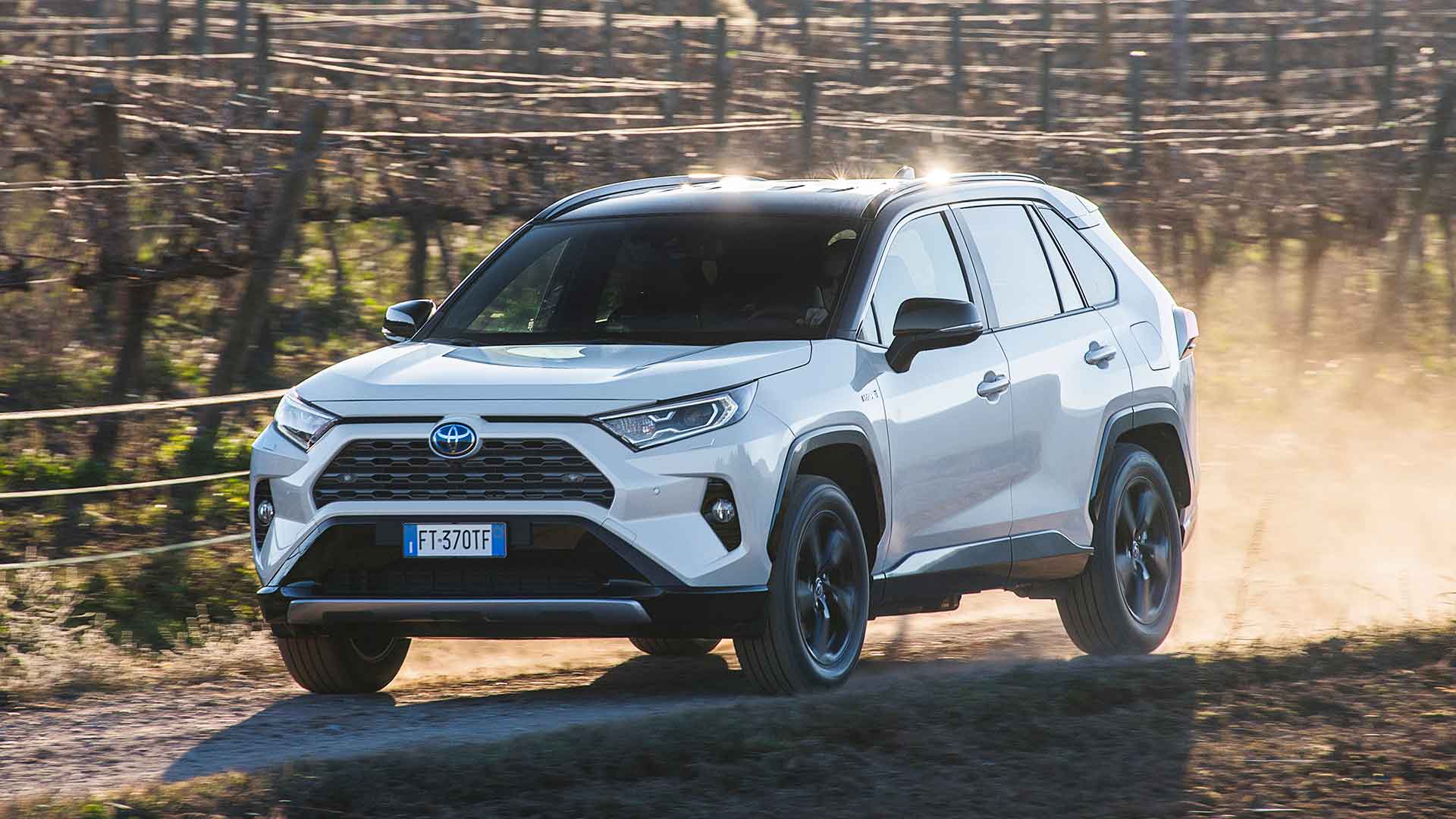
As well as a more accomplished road car, Toyota also wanted the new RAV to be better on the rough stuff. Two opposing goals, you might think. Yet the stats – and my limited experience off-road in the 4WD version – seem to support it.
For starters, the car has 15mm more ground clearance and can produce 30 percent more torque at the rear wheels (diverting up to 80 percent rearwards when required).
In Trail mode, the electronics also simulate the effect of a limited-slip differential, using the brakes to prevent wheelspin across each axle.
Our off-road route was mostly dry and dusty, but shaded patches were still damp and surprisingly slippery. The RAV4 slithered sideways a little, but never lost traction, despite its standard road tyres. It’s as capable as the vast majority of owners will ever need.
The 4WD version is actually more efficient, too
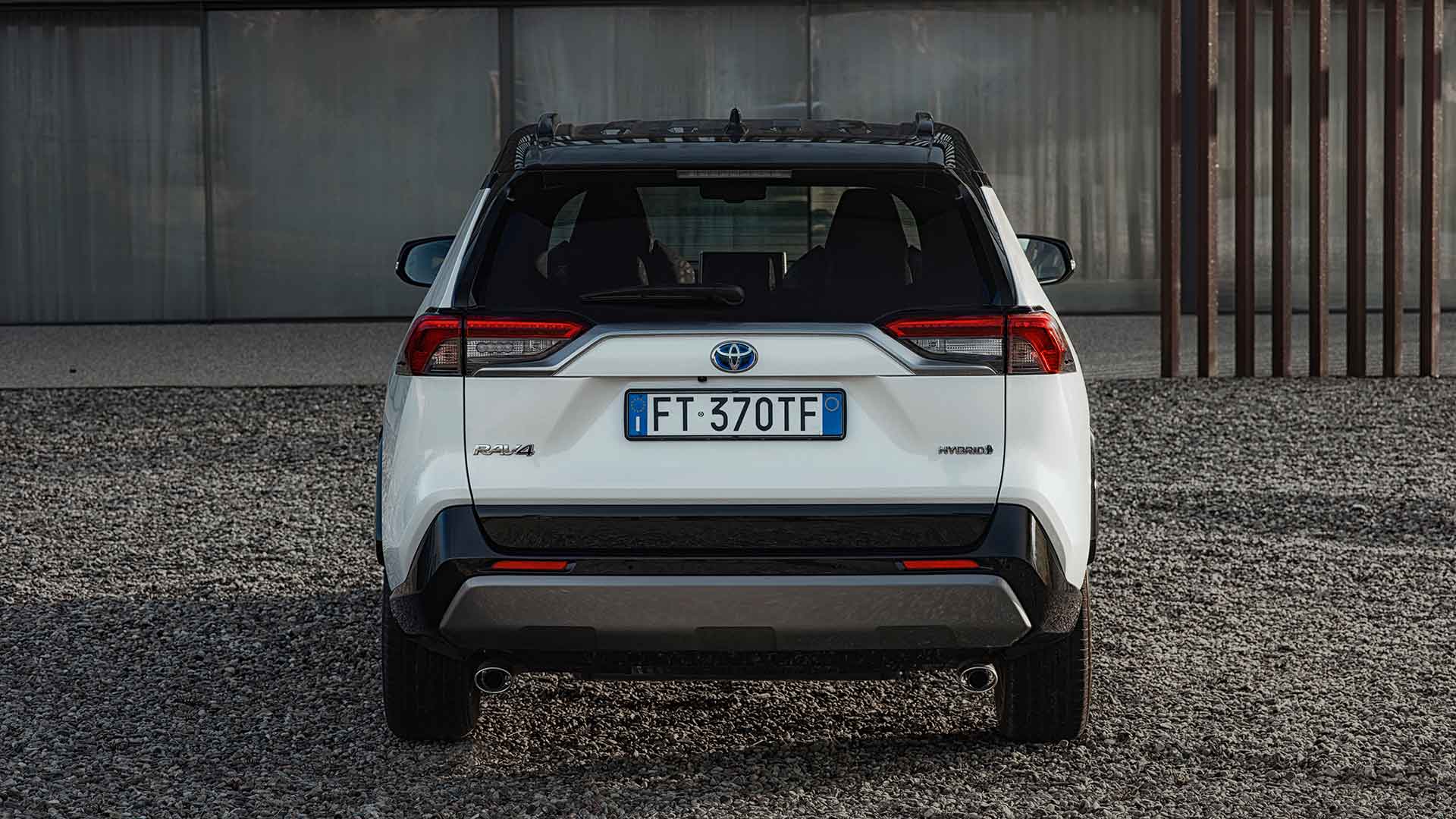
An added bonus of choosing four-wheel drive is fractionally lower CO2 emissions, quoted as 105g/km for the FWD car and 103g/km for the 4×4. That’s a marked contrast to traditional mechanical 4WD systems, which always suffer in terms of fuel efficiency.
Official (WLTP) economy figures for the front-driver are between 49.2mpg and 51.2mpg, depending on wheel size. The four-wheel-driven RAV hadn’t been fully homologated at the time of writing, but is likely to be slightly better.
Lest we forget, the outgoing RAV4 D-4D diesel managed 60.1mpg. A case of one step forward and two steps back?
2019 Toyota RAV4 verdict: 4 stars

Toyota’s customer clinics highlighted five key reasons why people buy SUVs: design, space, safety, visibility and four-wheel drive. The new RAV4 scores well in each category, so the odds should be stacked in its favour.
Times have moved on and, if anything, the C-HR is now closer in concept to the much-loved original RAV4. Nonetheless, it’s gratifying to find Toyota’s SUV mainstay rejuvenated and back in the game.
It won’t be for everyone, but its triple whammy of bold styling, a satisfying drive and hybrid tech makes a compelling argument for choosing a RAV4 over its many rivals. Maybe it’ll shake up that top 20 sales chart after all.
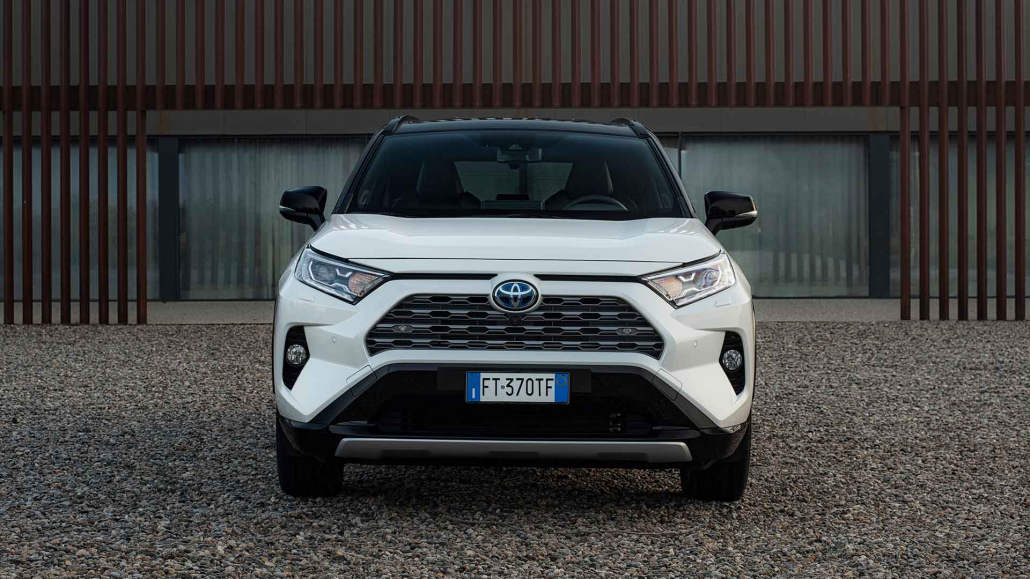
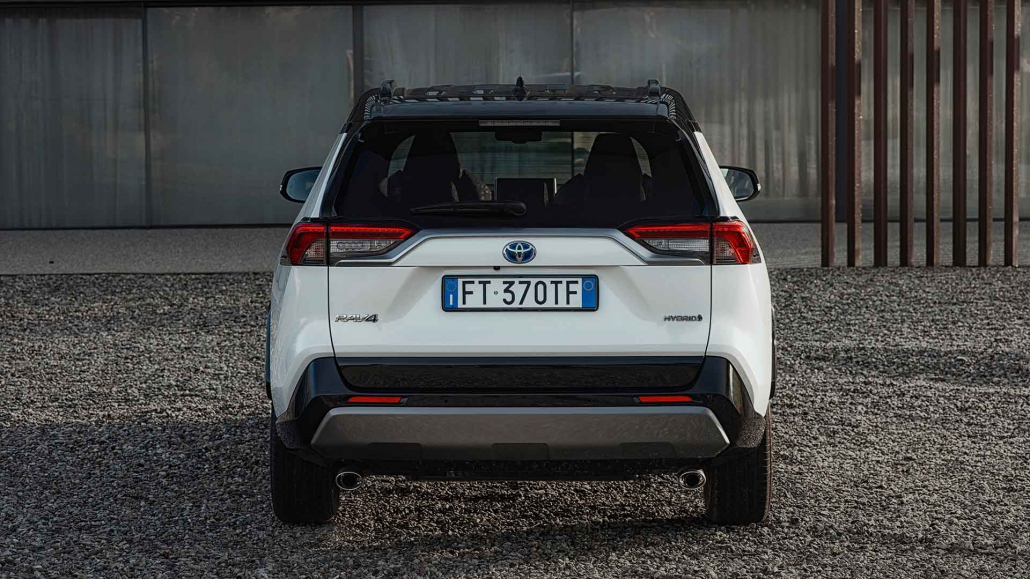
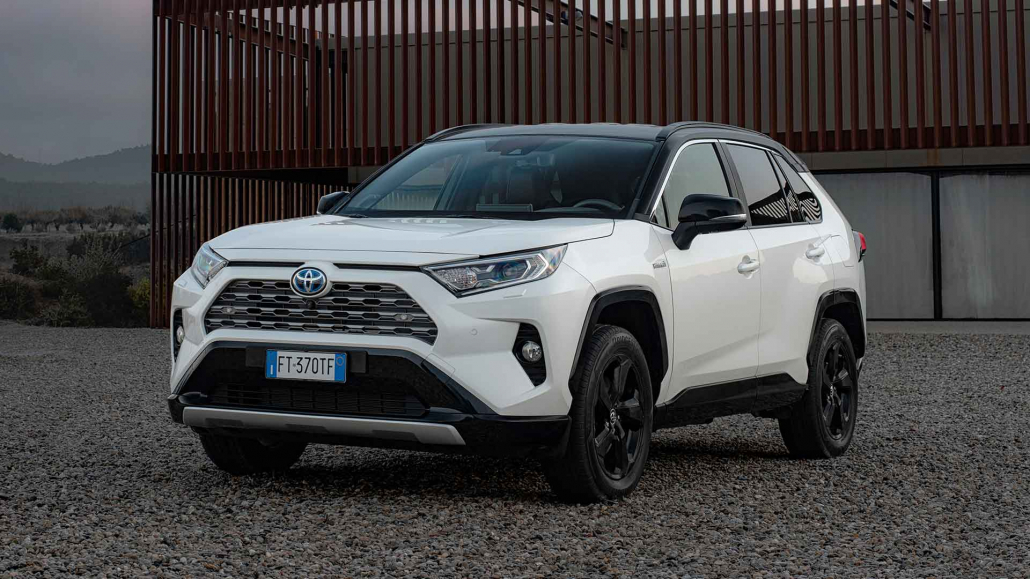
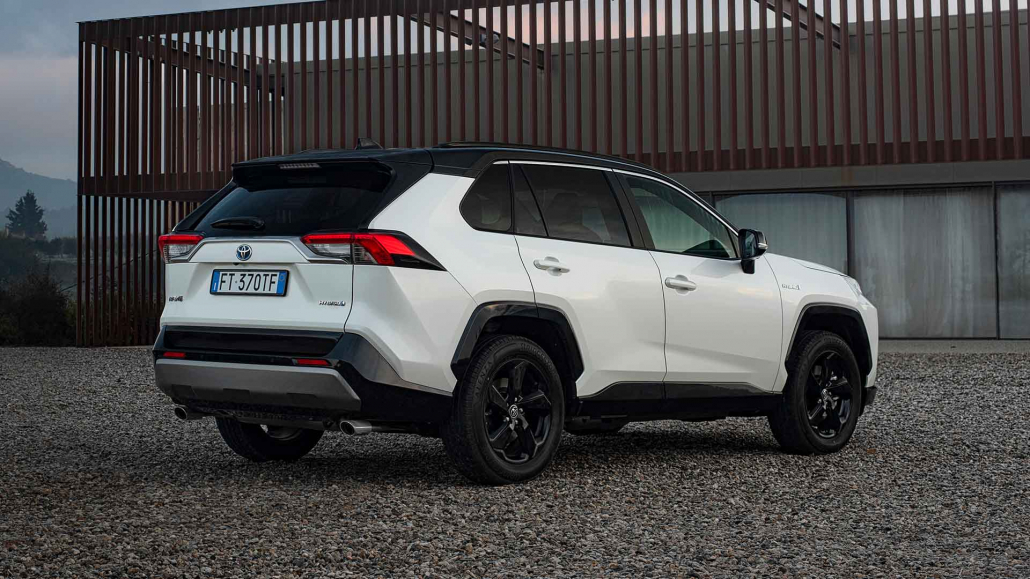

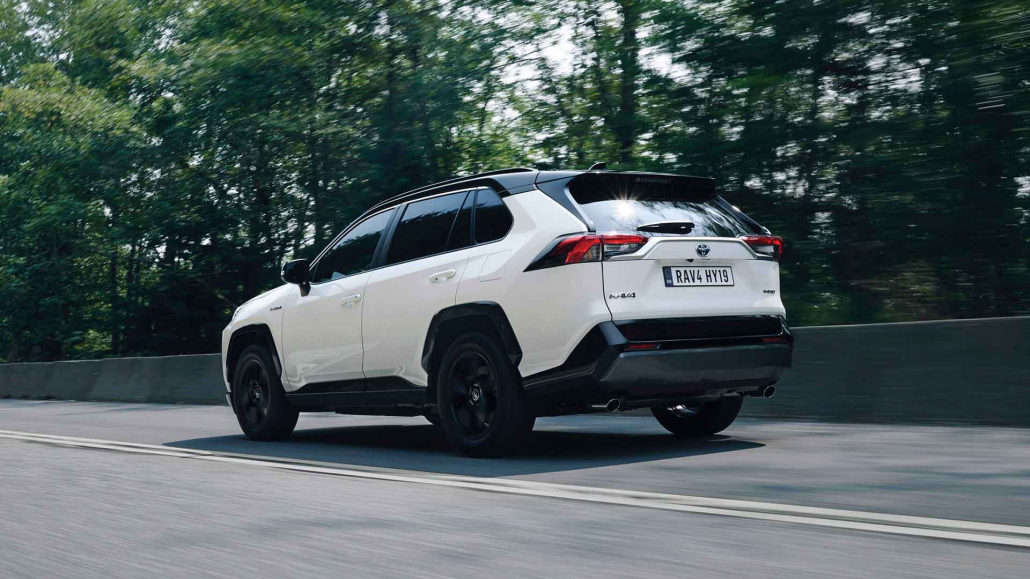
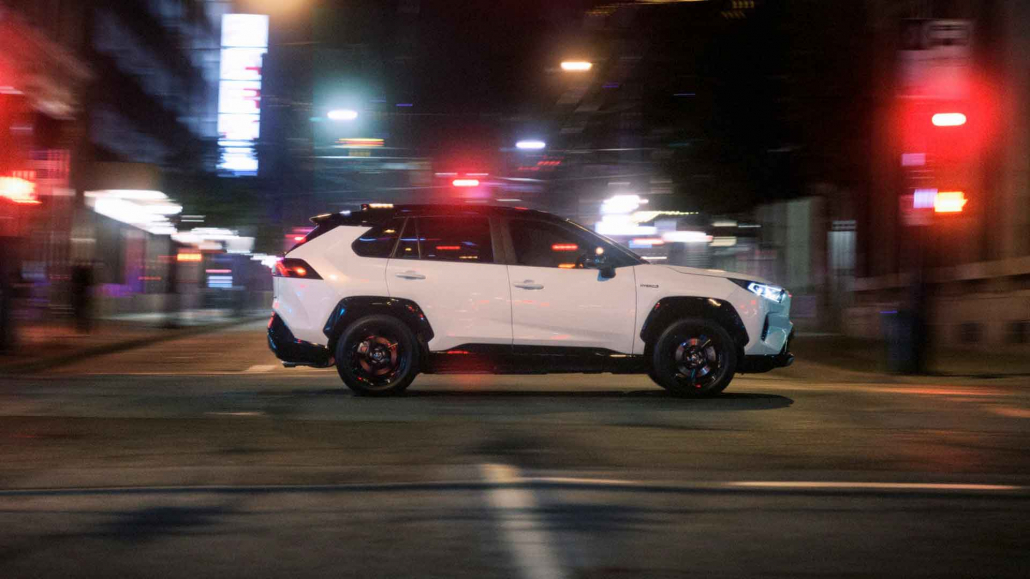
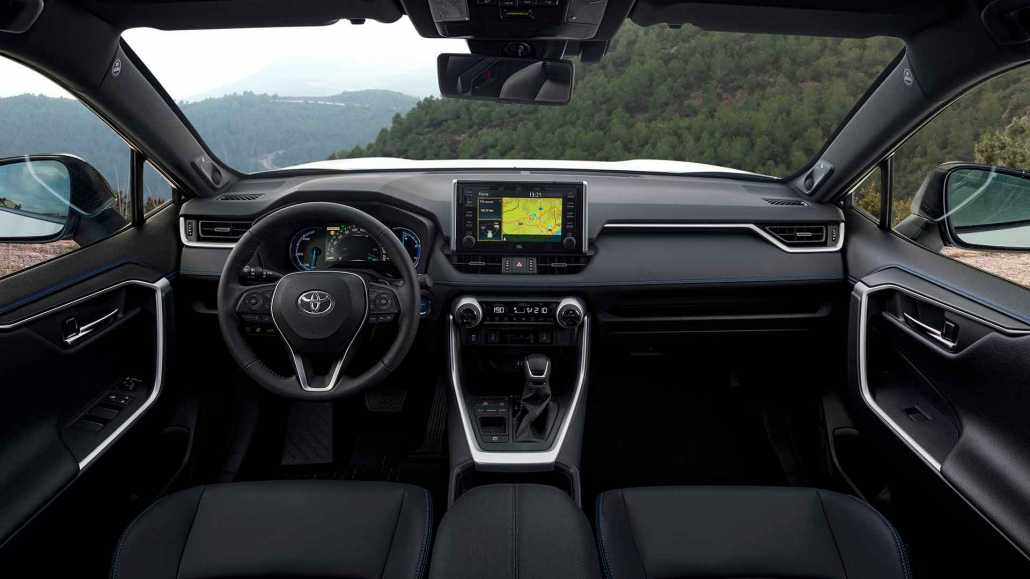
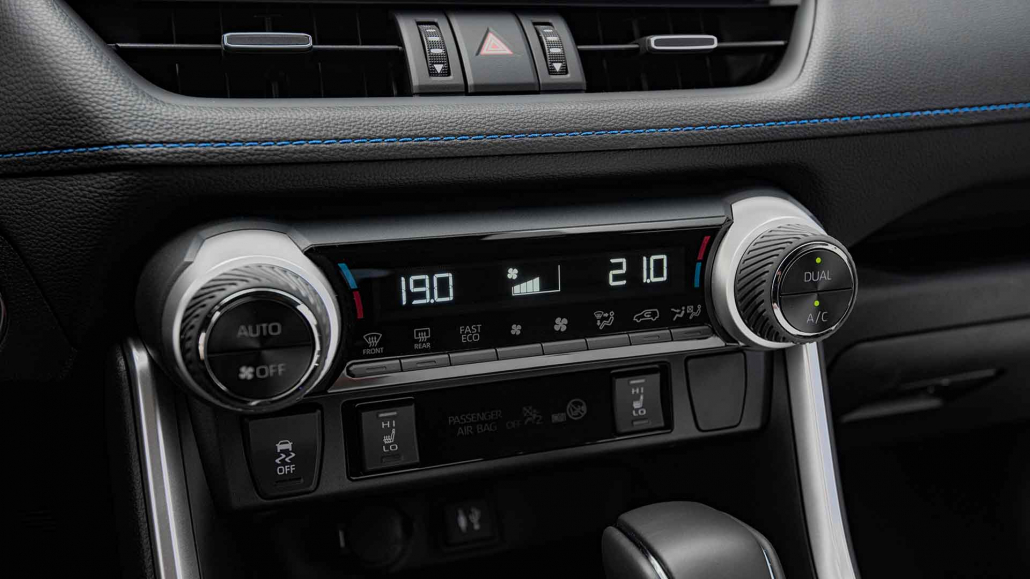
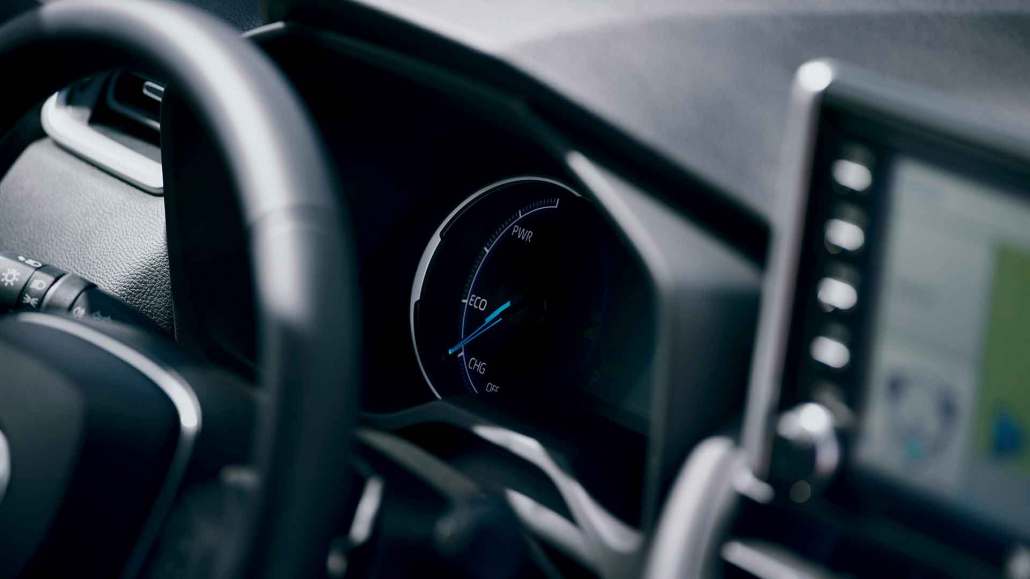
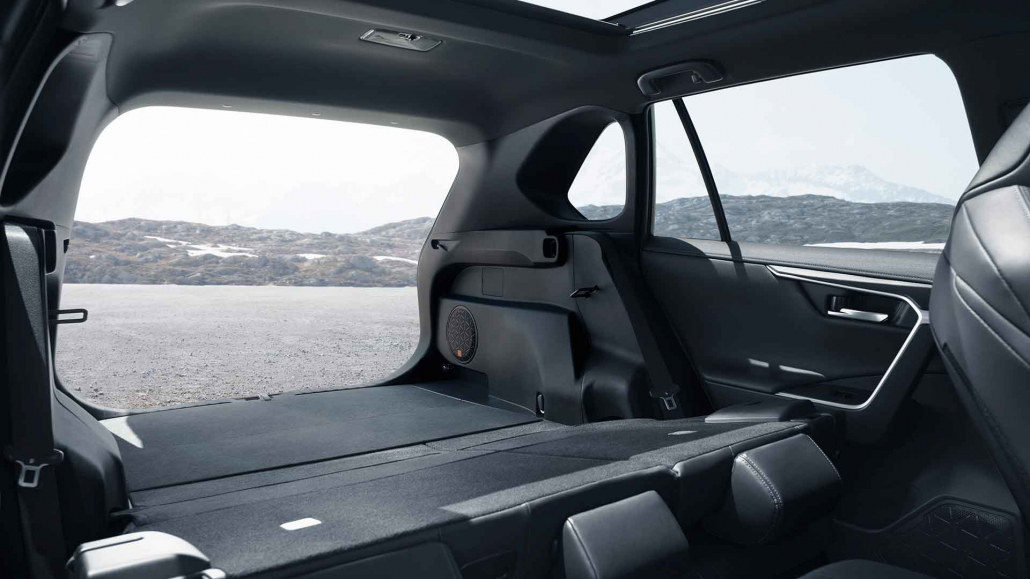
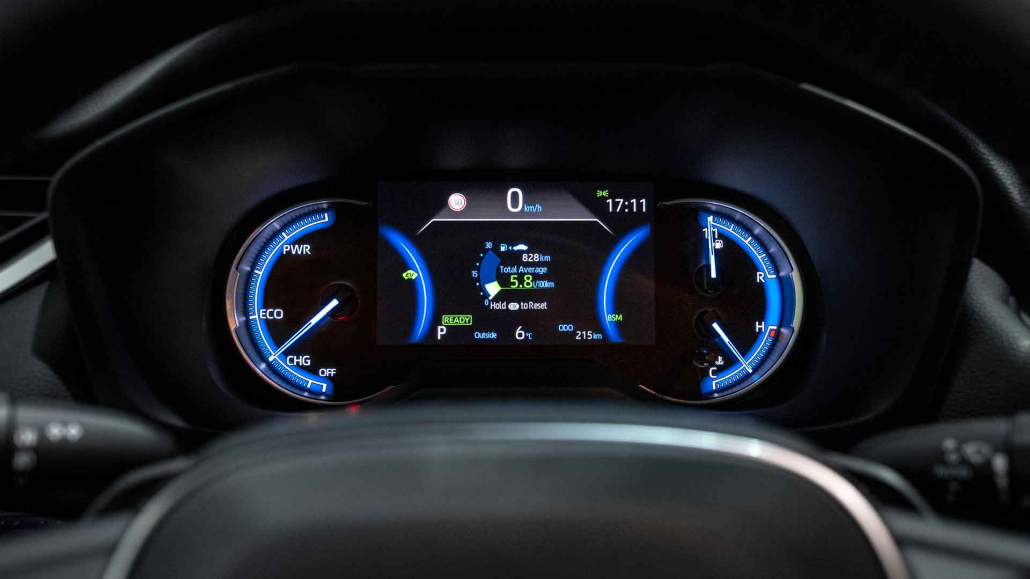
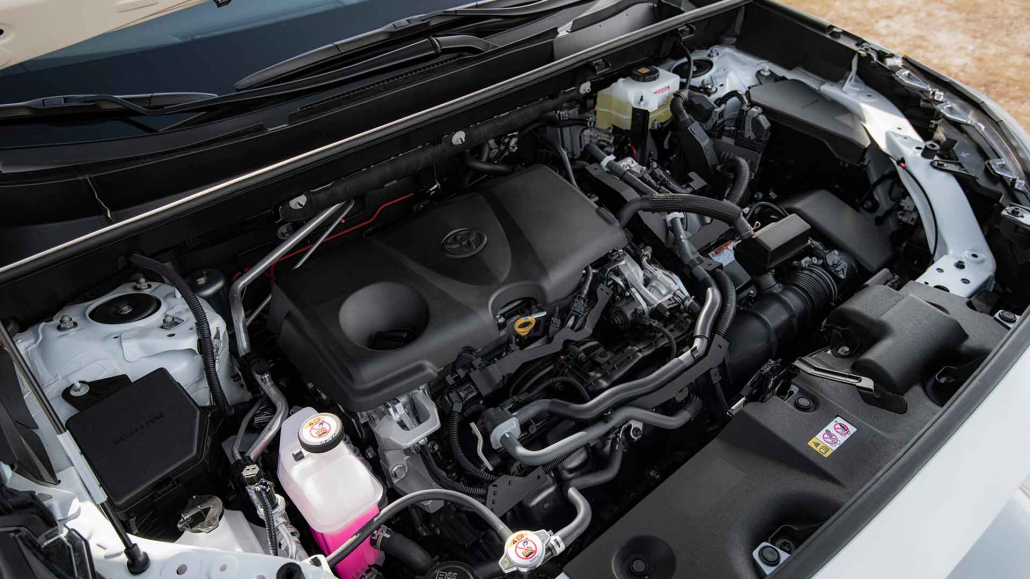
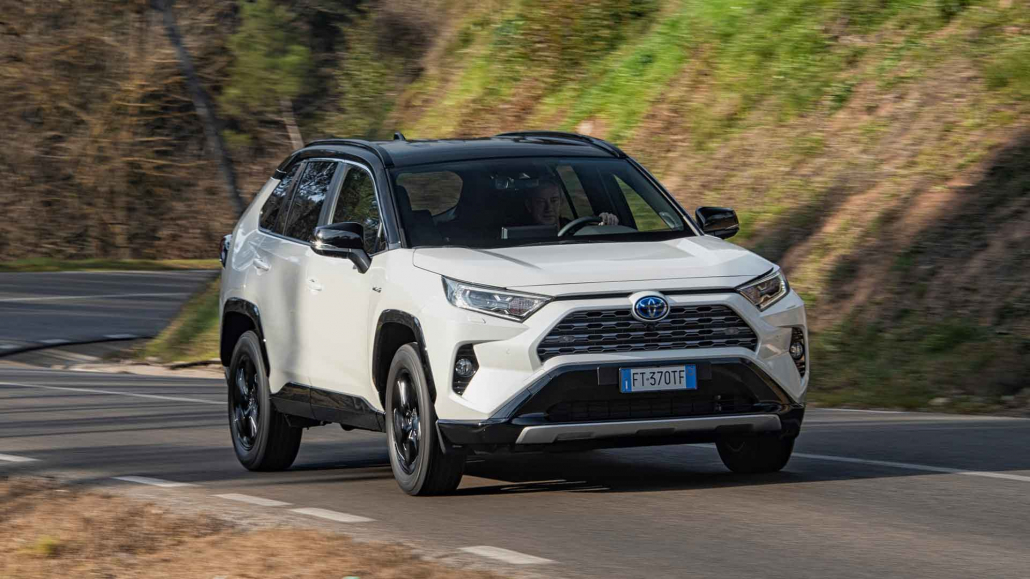
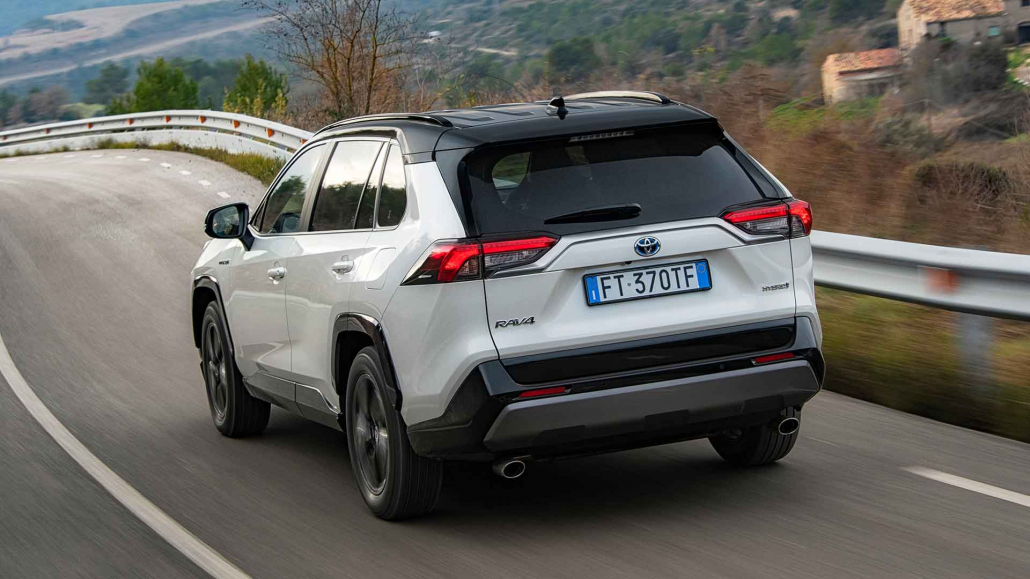
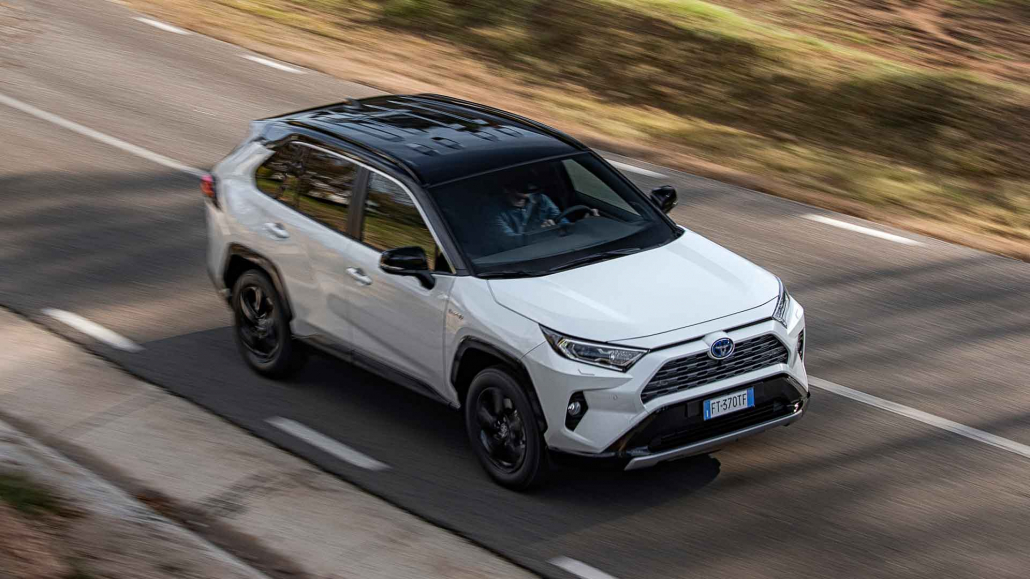
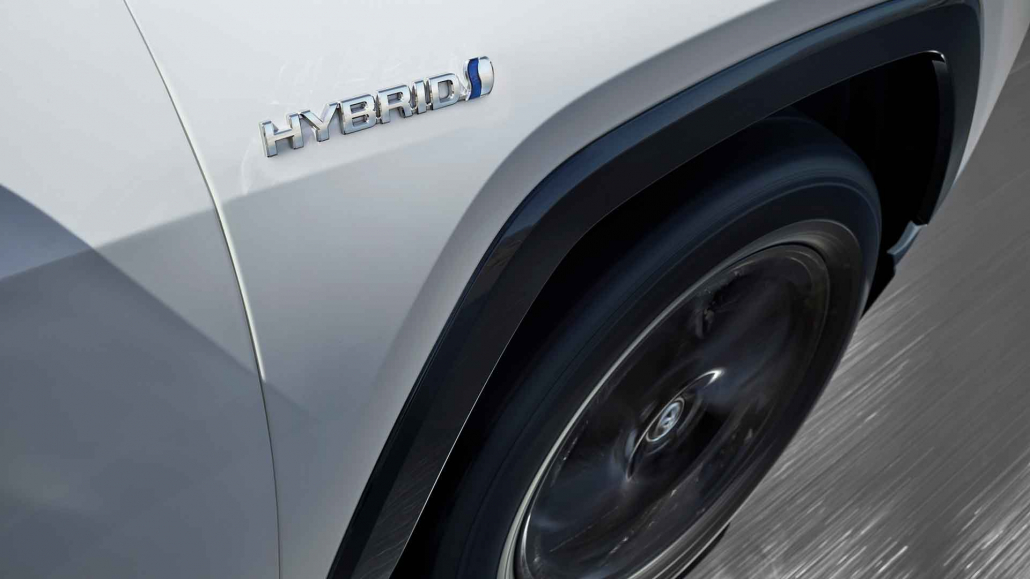
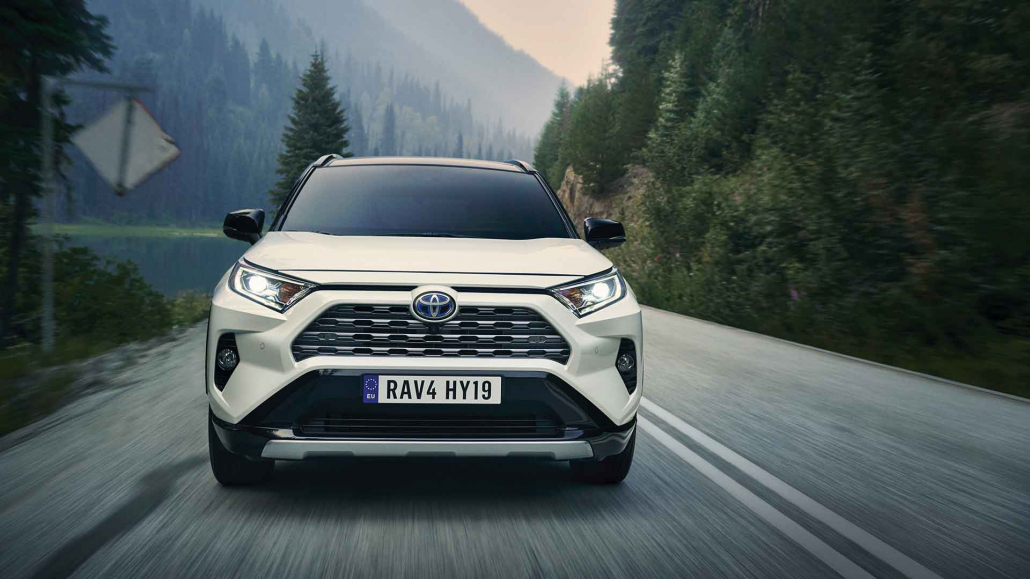
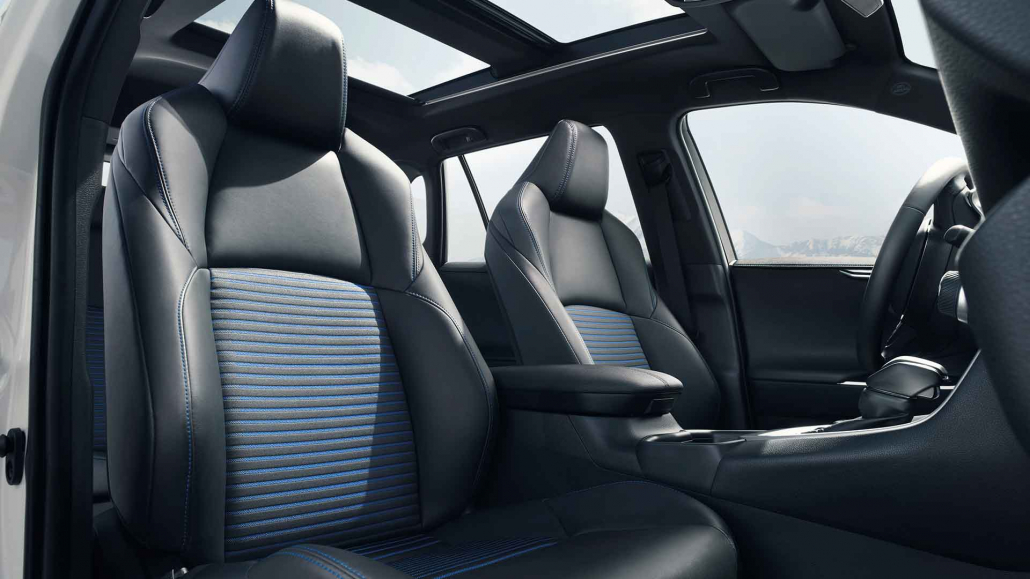
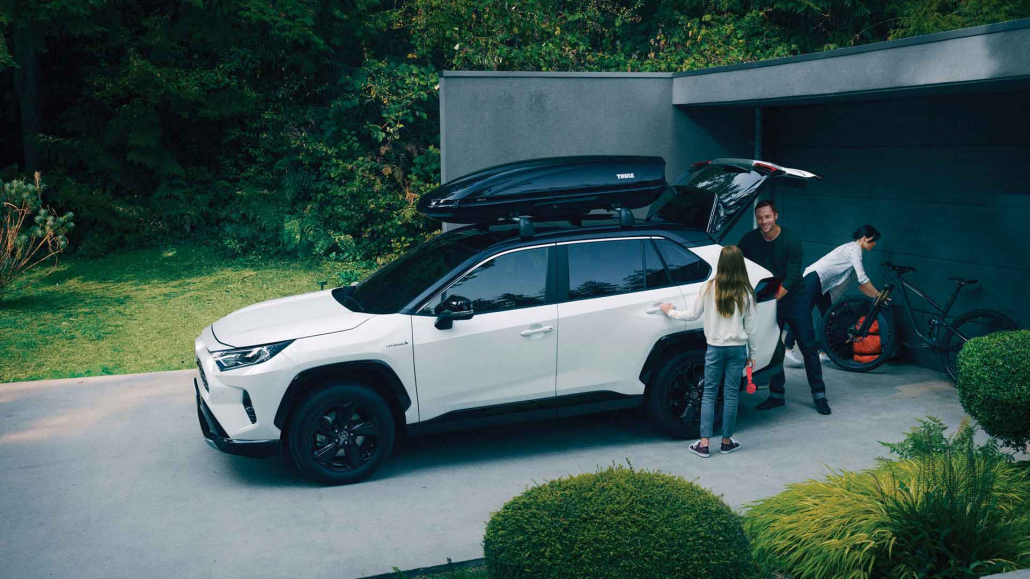
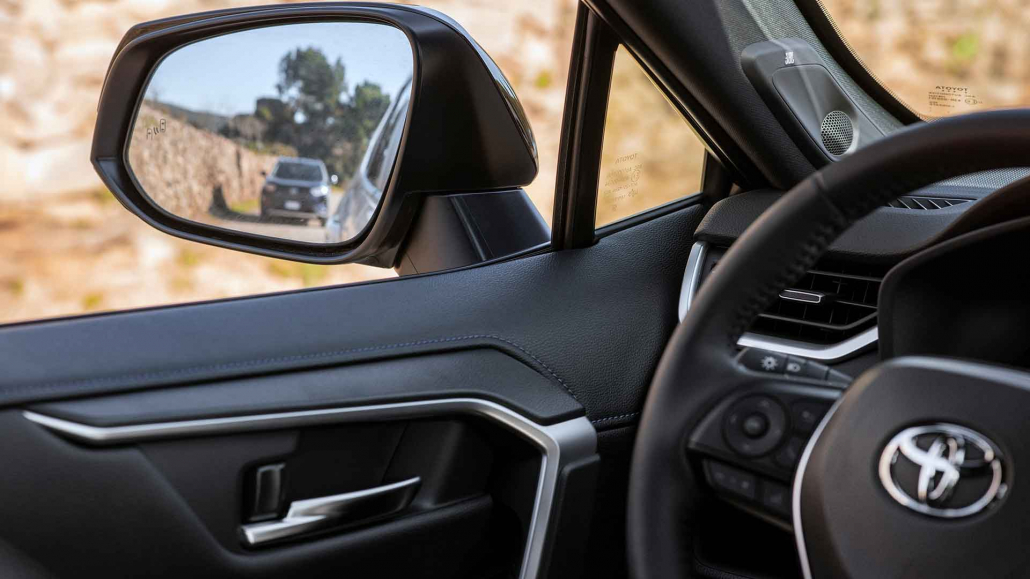
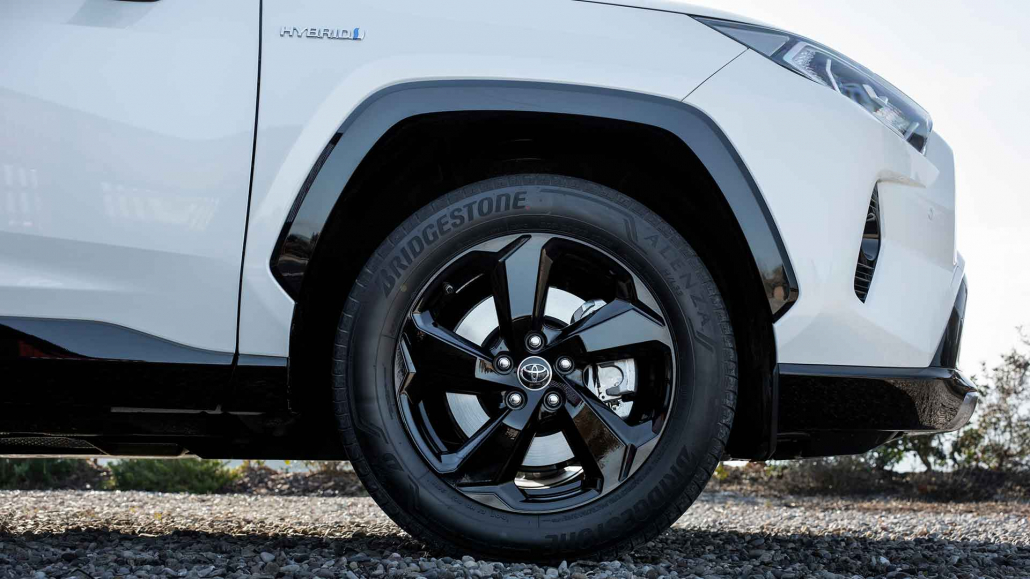
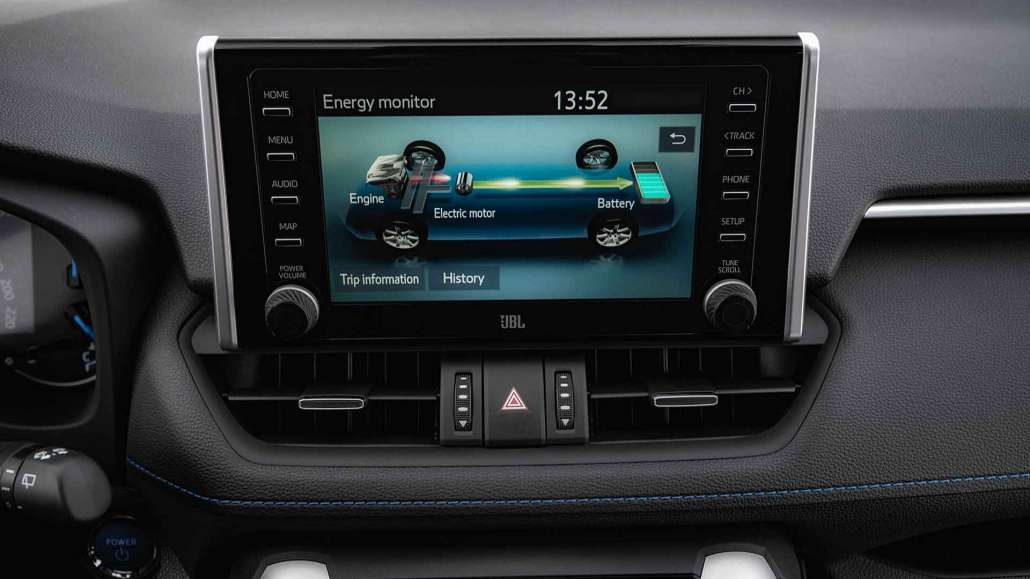
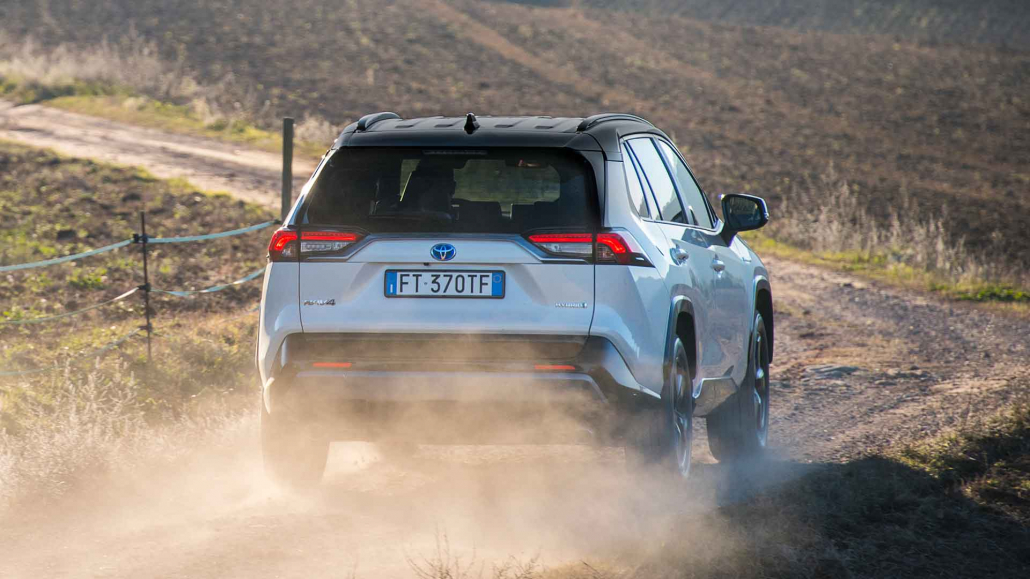
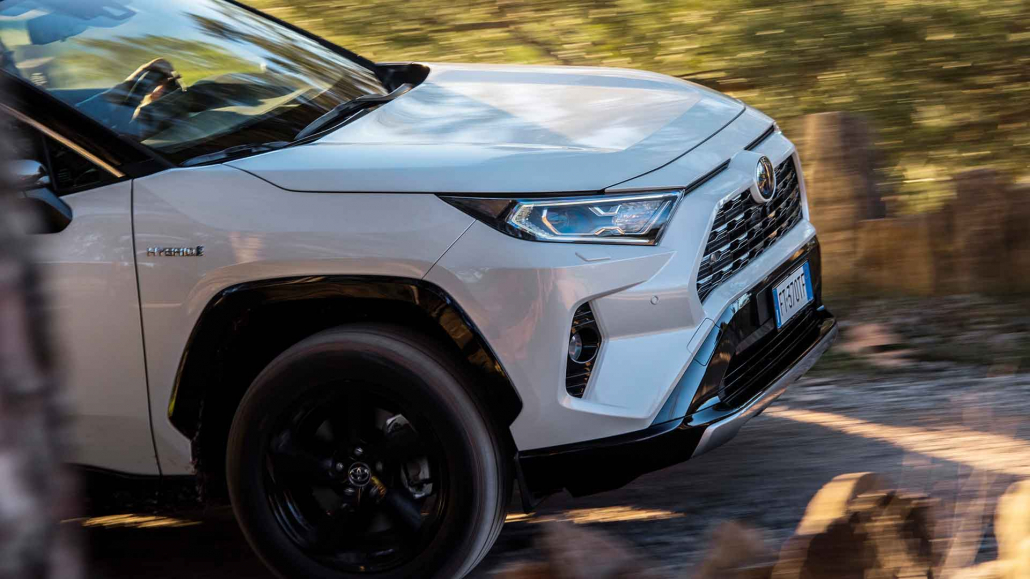
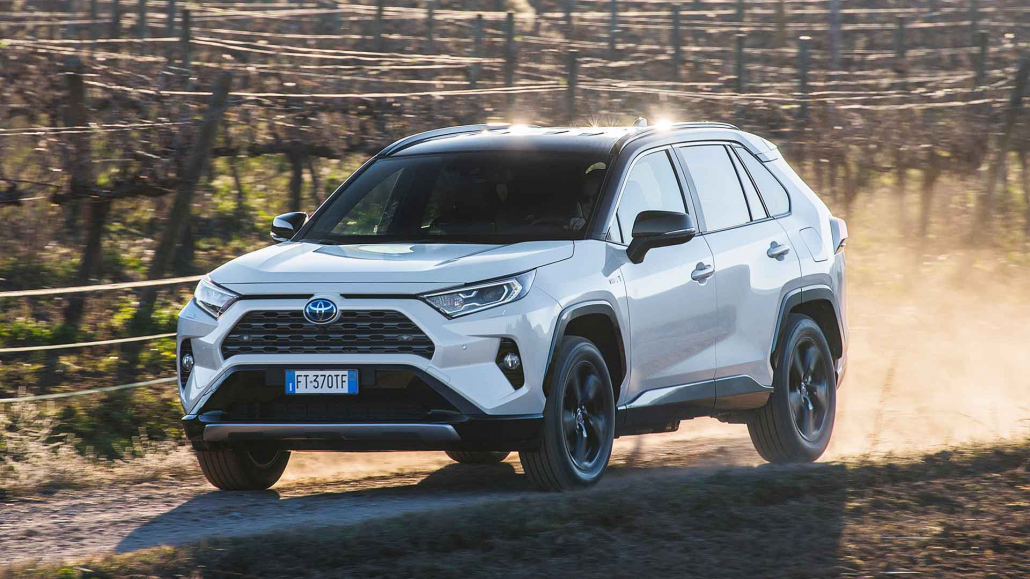

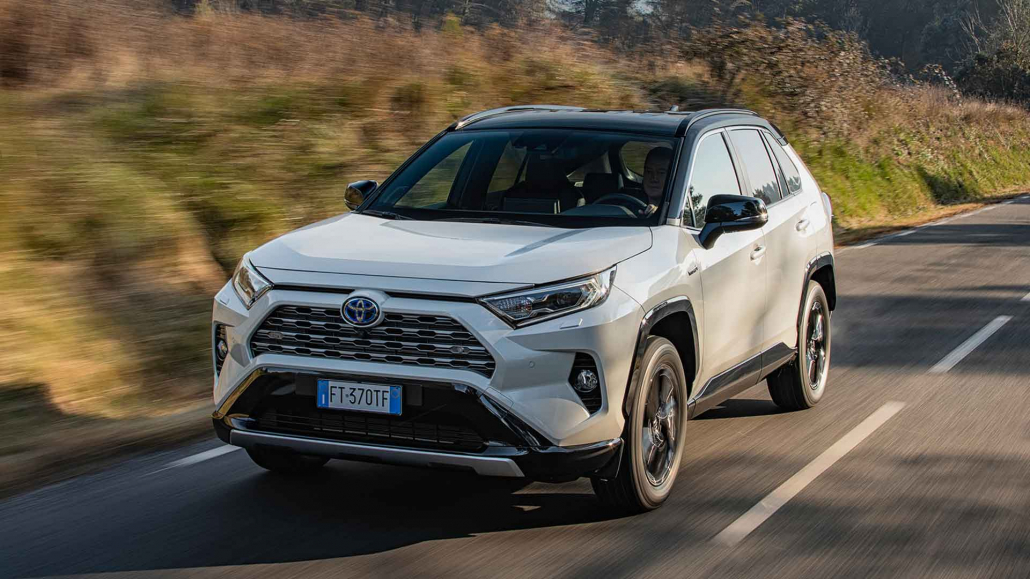
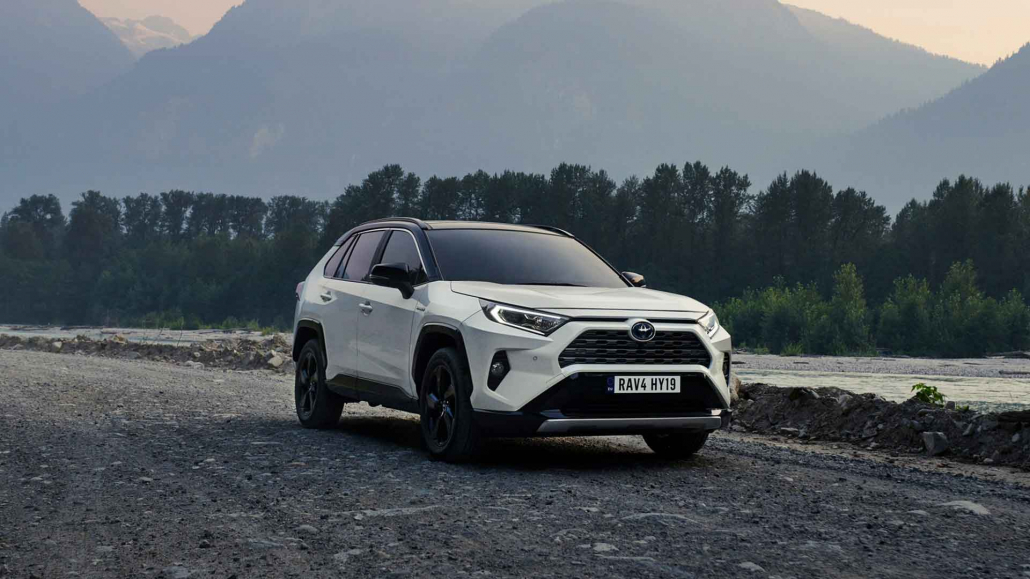
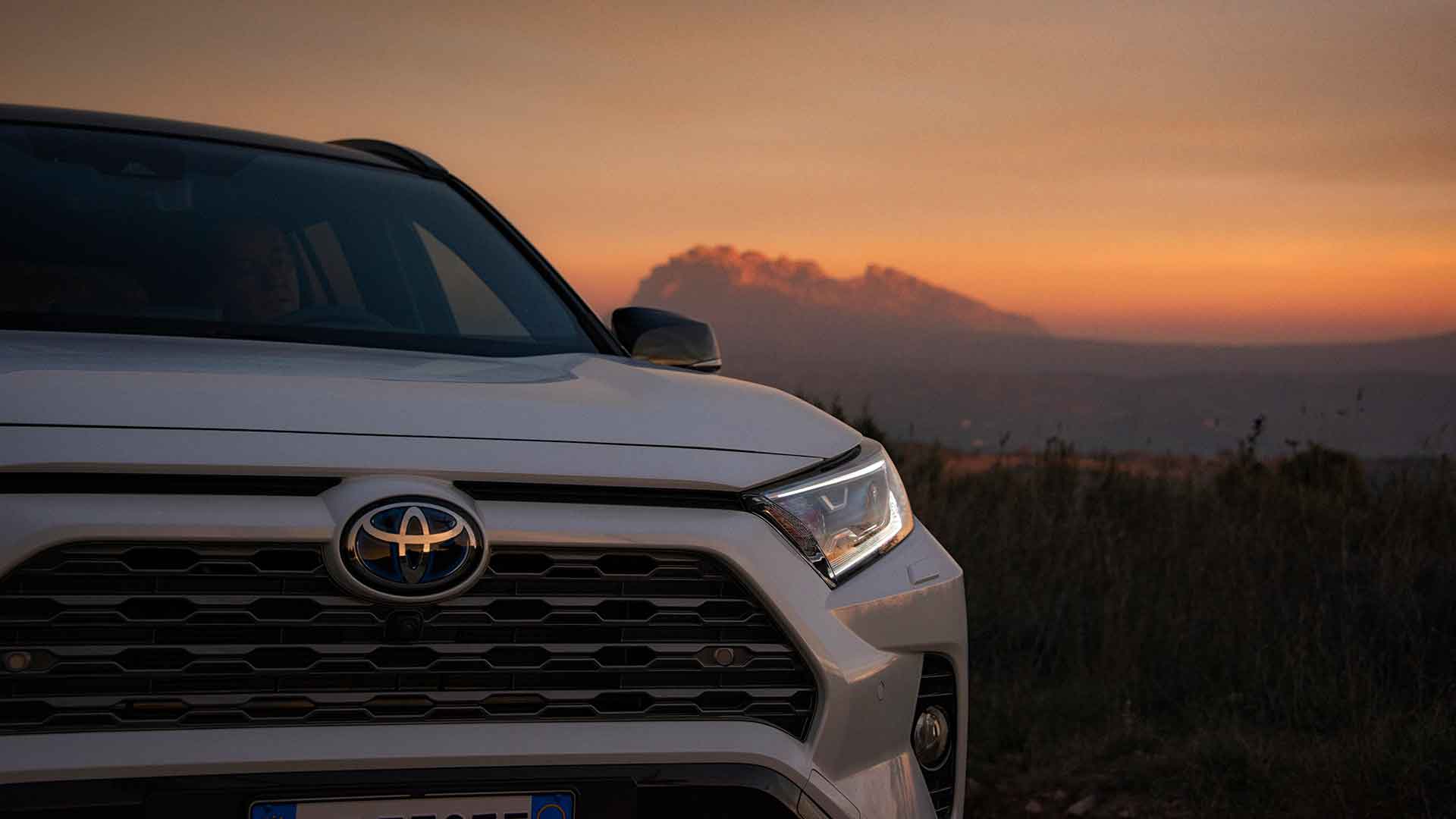
Read more:
- I’ve bought a Toyota RAV4: is it a future classic?
- New Toyota GR Supra: everything you need to know
- The history of the Toyota Supra in pictures